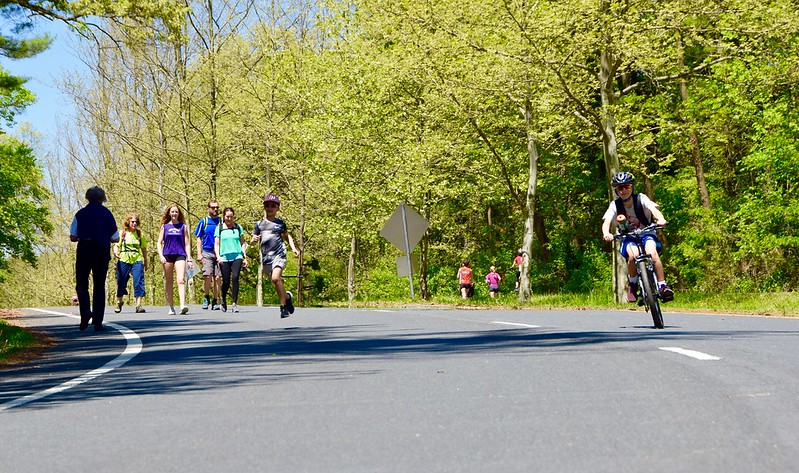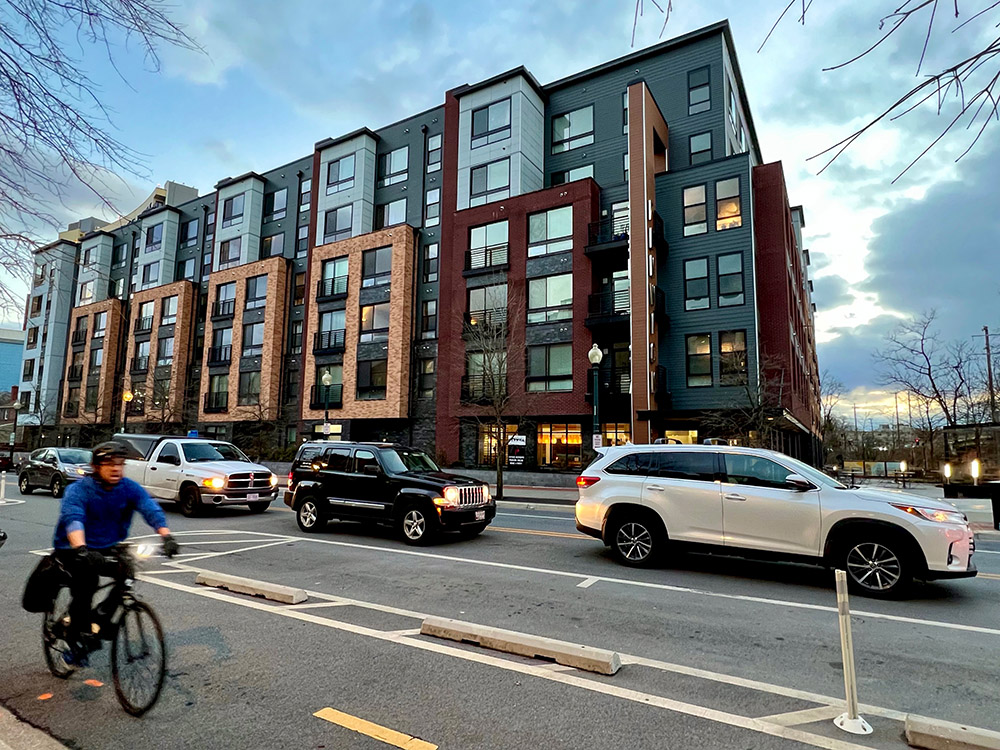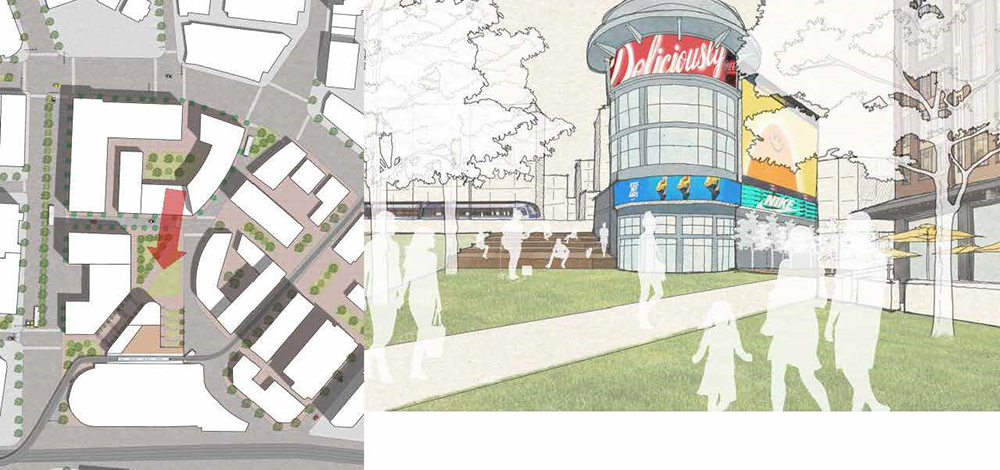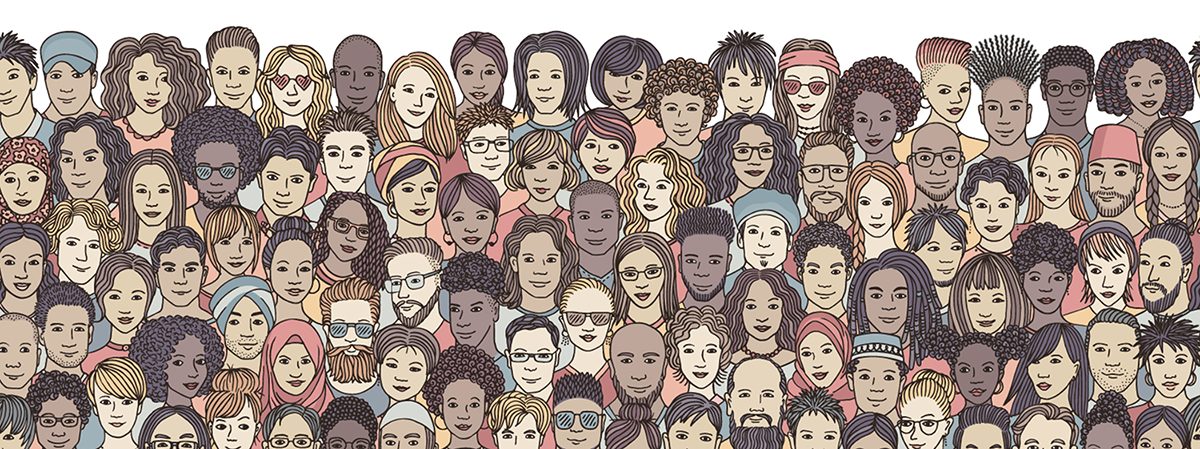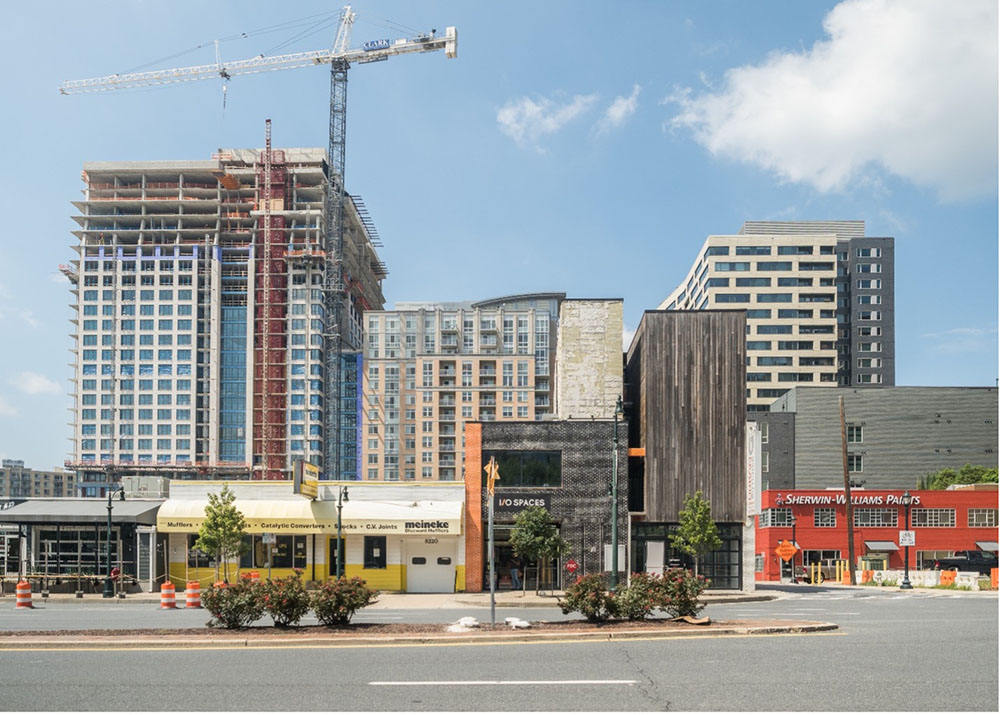
Distinguished jury to choose 2023 Design Excellence Award Winners
Design excellence in architecture requires balancing the functional goals and artistic vision of a building or landscape to inspire people and support a great community—and, at every scale, it offers the power to help sustain our environmental, social, and economic vitality well into the future.
Montgomery County’s Design Excellence initiatives celebrate architecture and landscapes that make everyday life more beautiful and create spaces that enhance social interaction as well as fulfill specific functions. The annual Design Excellence Awards spotlight our county’s very best designs, and submissions are now open through July 17, 2023. Submit contenders for the two select Awards, one for outstanding Architectural, Urban Design and Landscape design, and … Continue reading

